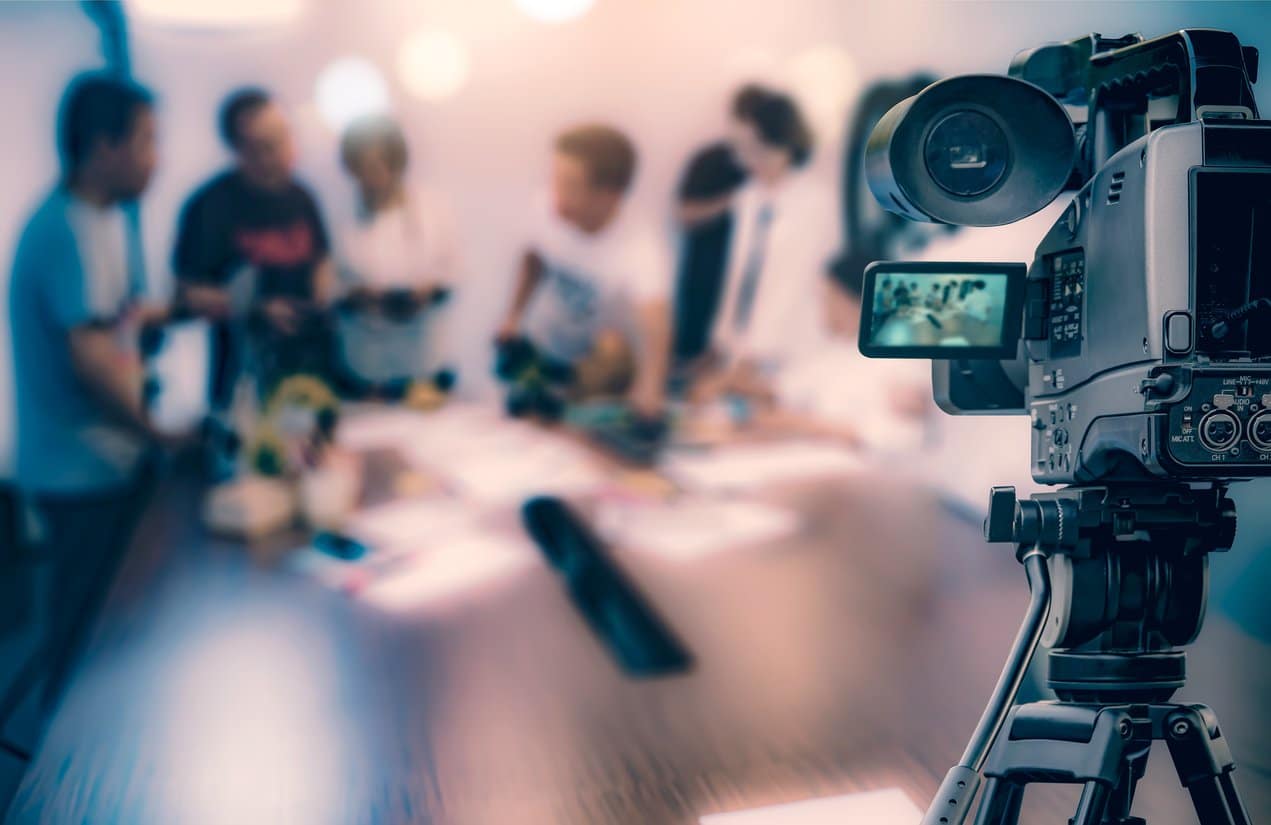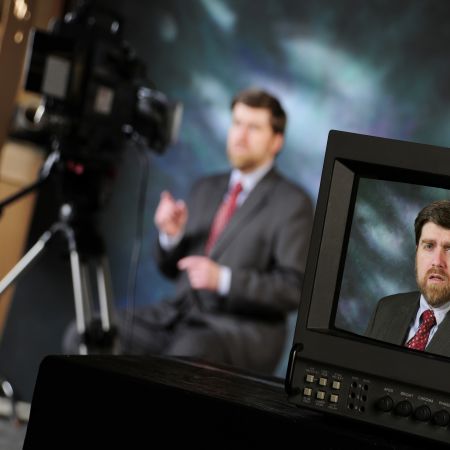Why Legal Videography is Vital for Accurate Legal Documents
Why Legal Videography is Vital for Accurate Legal Documents
Blog Article
Looking Into the Systems of Legal Videography: Introduction Its Procedure in Shielding Genuine Visual Statement for Judicial Procedures
In the realm of judicial proceedings, the duty of lawful videography stands as a foundation in protecting and providing visual proof. As innovation continues to advancement, the mechanisms behind lawful videography have become increasingly detailed, offering a critical layer of credibility to statements captured on video clip. By delving into the functional complexities of legal videography, one can reveal the thorough processes that safeguard the honesty of aesthetic proof offered in court rooms - Legal Videography. This exploration not just clarifies the historical advancement of legal videography but also means the future patterns that might additionally transform just how visual testaments are maintained in the realm of justice.
Historic Evolution of Lawful Videography
Examining the historical development of lawful videography reveals a considerable makeover in the capturing and presentation of aesthetic proof within the lawful landscape. In the past, legal procedures heavily relied upon created pictures and transcripts to document events and supply proof. However, with the introduction of video innovation, the legal industry experienced a paradigm change in just how aesthetic testimony was caught and offered.
The advancement of lawful videography can be mapped back to the late 20th century when innovations in video clip recording tools made it more accessible for use in courtrooms. This technical advancement not just boosted the precision and dependability of visual evidence but also transformed the way cases were presented to judges and courts (Legal Videography). Attorneys began to identify the influential power of video clip recordings in communicating emotions, subtleties, and non-verbal signs that composed transcripts or photographs alone might not catch effectively

Technology Developments in Video Documentation
What key technical advancements have reinvented video paperwork in the legal field? The lawful area has seen substantial innovations in video documents innovation that have actually improved the credibility and reliability of aesthetic proof in judicial procedures.
In addition, developments in video clip encryption and watermarking innovations have actually bolstered the safety and tamper-proof nature of video evidence, securing it versus unauthorized modifications or meddling. Furthermore, the introduction of cloud storage space services and remote access abilities has structured the storage space, access, and sharing of video evidence, helping with smooth cooperation among lawyers and making certain reliable access to vital aesthetic testaments when required. These technical innovations in video clip documents have actually undoubtedly revolutionized the legal field, boosting the precision, integrity, and admissibility of aesthetic proof in judicial process.
Function of Lawful Videographers in Court Room Setups
The advancement of video clip documentation technology in the lawful field has actually demanded a vital function for legal videographers in court room settings, ensuring the honesty and dependability of visual testaments provided throughout judicial procedures. Legal videographers play a basic role in recording and protecting accurate aesthetic evidence that can be essential in lawsuit. Their duty prolongs to establishing devices, recording procedures, and producing high-grade videos that properly reflect the occasions in the courtroom.
In court setups, legal videographers have to abide by stringent guidelines and standards to preserve the credibility of the visual document. They have to possess an eager eye for information and an extensive understanding of lawful procedures to make sure that the footage they catch is a real depiction of the events that transpired. In addition, legal videographers typically function closely with legal teams to make certain that the video evidence aligns with the situation's needs and can be efficiently offered in court to support the legal disagreements being made. On the whole, the role of legal videographers in court setups is indispensable in supporting the concepts of justice and making certain the openness of lawful proceedings.

Ensuring Admissibility and Honesty of Video Evidence
To preserve the reputation of visual evidence provided in lawful process, ensuring the admissibility and stability of video clip proof is a critical responsibility for legal videographers. Admissibility describes the approval of proof by the court, and for video evidence to be acceptable, it needs to fulfill particular standards. Legal videographers play a vital duty in ensuring that the videos they capture abide by the regulations of evidence, such as dependability, credibility, and significance.
Stability of video clip evidence includes maintaining the originality and accuracy of the video from the moment it is videotaped till it is provided in court. This consists of safely storing the video documents, recording the chain of guardianship, and avoiding any tampering or changes. Lawful videographers need to comply with strict protocols to assure the stability of the video evidence and protect against any type of difficulties to its authenticity.
Future Trends in Legal Videography
Given the increasing dependence on innovation in legal process, lawful videographers are poised to welcome ingenious developments shaping the future of aesthetic statement capture and presentation. Among the popular trends imminent is the combination of virtual fact (VR) and boosted truth (AR) technologies right into legal videography. These innovations have the potential to change exactly how aesthetic evidence exists in courts, permitting courts and courts to submerse themselves in the scene of the criminal offense or incident.
In addition, using expert system (AI) formulas for video evaluation is expected to simplify the process of examining and analyzing huge amounts of video footage. AI can aid in identifying essential minutes, anomalies, and patterns within videos, boosting the efficiency of lawful examinations.

Final Thought
In verdict, legal videography has actually played an important role in supplying authentic visual proof for judicial proceedings. Via technological improvements and the knowledge of lawful videographers, the integrity and admissibility of video clip proof are guaranteed in court room settings. As legal videography remains to develop, it will be vital to support criteria that maintain the accuracy and dependability of aesthetic testimony for the future of legal process.
Examining the historic development of lawful videography exposes a significant change in the catching and discussion of aesthetic proof within the legal landscape.The development of video clip documents technology in the legal field has required a crucial role for legal videographers in court setups, making certain the honesty and reliability of visual statements provided during judicial procedures. In addition, lawful videographers usually function closely with lawful groups to ensure that the video evidence aligns with the case's requirements and can be effectively presented in court to support the lawful debates being made.To keep the trustworthiness of aesthetic proof provided in legal procedures, guaranteeing the admissibility and integrity next of video proof is a critical responsibility for lawful videographers. As lawful videography proceeds to develop, it will be important to support standards that maintain the precision and dependability of visual testimony for the future of lawful process.
Report this page